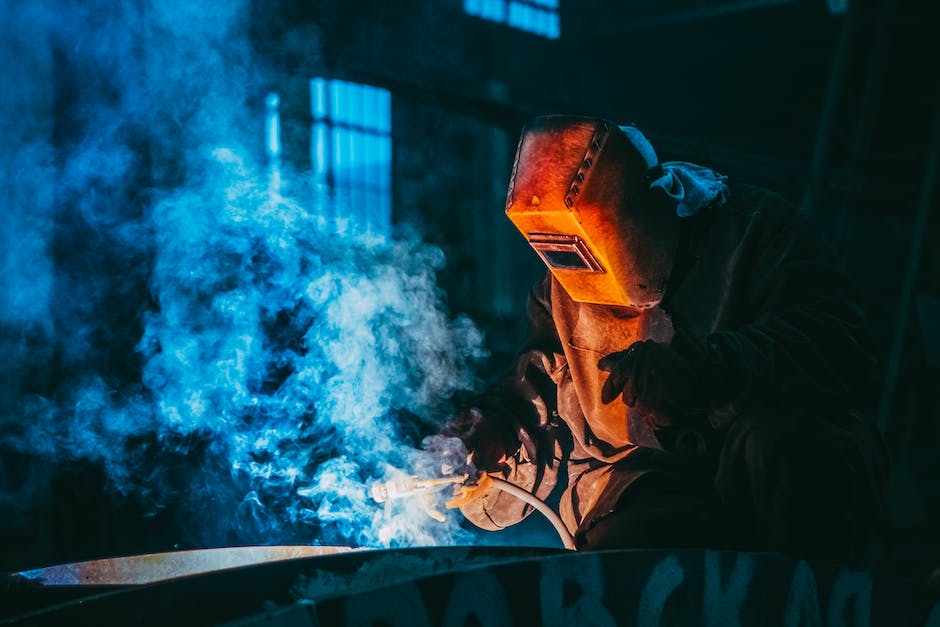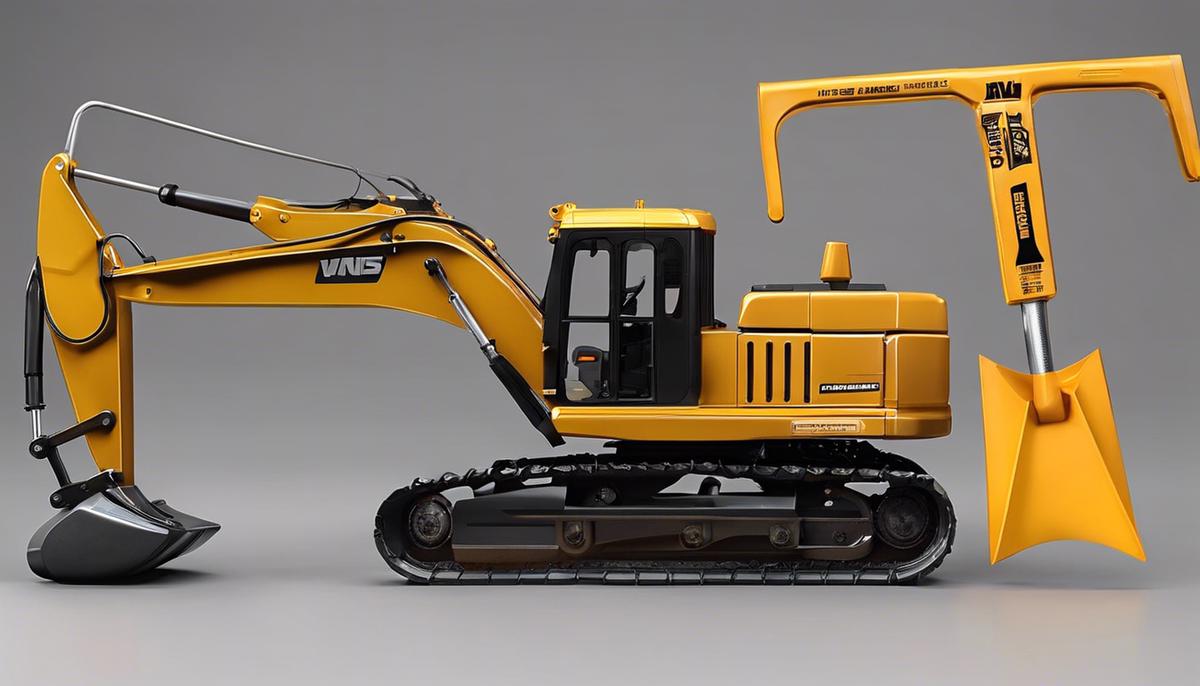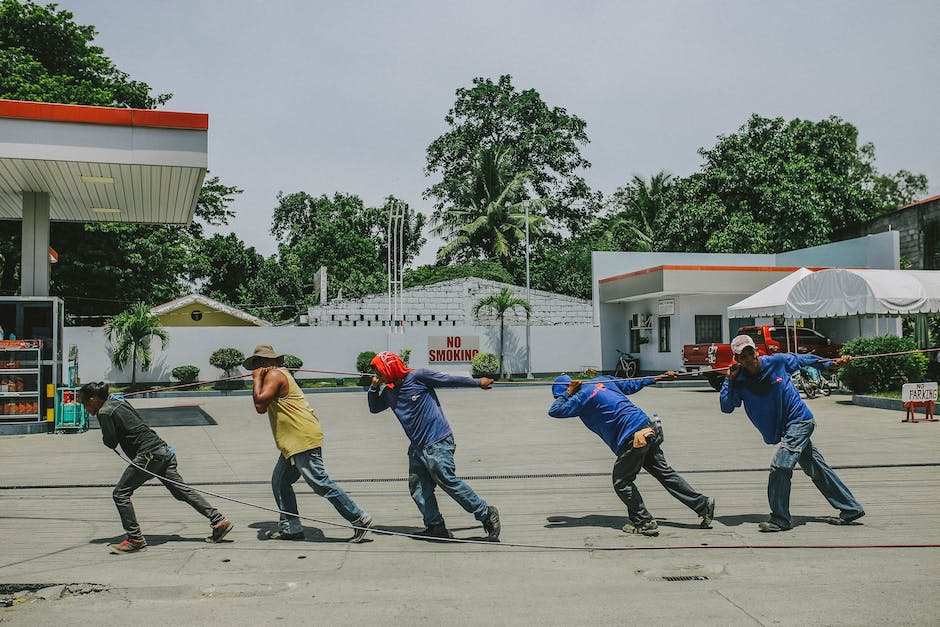In the realm of construction and architecture, demolition contractors serves as an underrated protagonist, delivering transformation wrapped in destruction. Often overlooked, this niche hobby has more to offer than simple chaotic allure. The saga of demolition traces from historical roots, carving its relevance in the societal framework. Harnessing a controlled chaos, it surpasses its colloquial understanding as mere destruction, resulting in a captivating blend of technique, precision, and engineering robustness. In this expose, we delve into its finer details, safety measures, demolition tools, and address its environmental implications, aiming to encapsulate all things demolition for the curious enthusiasts out there.
Understanding Demolition
Unearthing the Fascination: Demolition as A Unique Hobby
Demolition, much like creation, is an art – a different spectrum of elegance characterized by intense, riveting power. With a wealth of knowledge garnered from personal experiences, it is evident that demolition encapsulates a unique hobby that mesmerizes with exceptionally captivating attributes unlike any other. But what precisely makes this wild, unconventional passion so intriguing, unusual, and mesmerizing?
Key in the quintessence of demolition is an unparalleled level of excitement. Nothing can truly compare with the adrenaline surge that accompanies the sight and sound of a structure succumbing to well-calculated destructive forces. The thunderous roar of crumbling concrete, the visceral power of flying debris, and the ultimate victory of seeing a building reduced to rubble – demolition is a performance, and the world, an awestruck audience.
Demolition invites a deeper comprehension of structures and materials. It is a hobby that goes beyond “blow-and-go”. Lending itself as a gateway to extraordinary learning opportunities, demolition encourages enthusiasts to understand architectural designs, identify material strengths and weaknesses, and even comprehend the historical significance of particular structures. It is a captivating mixture of understanding and deconstructing the physics, engineering, and narrative that once kept the structure upright.
A crowning moment in demolition is the thrill of the unexpected. Like a carefully crafted plot twist, every demolition presents a unique set of surprises. From an unexpected wall that refuses to give way to the joyous moment when everything succumbs seamlessly to the destruction plan, the unpredictability makes each project an exciting venture.
Further enhancing the appeal of demolition is the blend of power and precision. From the outside, it may simply seem like chaos and ruin. However, there’s a high degree of precision and control that is required. The correct positioning of explosives, the accurate calculation of how the building will fall, and ensuring minimum collateral damage are all a part of the engrossing puzzle that makes hobbyist demolitionists tick.
Finally, in an era of constant construction, demolition stands as the unsung hero of environmental responsibility. It offers an outlet for sustainable practices through careful deconstruction, recycling, and reuse of materials. Such a pro-environment orientation adds a noble and fulfilling angle to the exhilaration of destruction, reinforcing why this hobby holds such a unique and captivating sway.
From the adrenaline rush and learning opportunities to the thrill of unexpected surprises, precision paired with power, and an environmental-friendly facet, demolition stands tall in the realm of unique hobbies. Infused with challenge and charm, it continues to draw a growing cohort of enthusiasts, invigorated by the sheer essence of undoing to create anew.

Safety Measures to Follow
Ensuring the Safe Pursuit of the Thrill: Demolition as a Hobby
Demolition as a hobby is not a simple pastime, it’s an intricate symphony composed of power, structure, science, and suspense. Every demolition enthusiast knows this. Yet an often-underscored aspect of demolition (demolition contractors) that is as vital as understanding structures or embracing environmental responsibility is adhering to safety measures and guidelines.
“Why?” some may ask. Because demolition, while a thrilling pastime, involves risks that, if not managed properly, can end in disaster. The use of heavy machinery, exposure to hazardous substances, and the potential for unexpected structural reactions demand utmost attentiveness. The safe and responsible demolition participant ensures a long-lasting and enjoyable hobbyist adventure!
Moreover, the credibility of the demolition hobby community hinges on stringent safety practices. Ethical demolition hobbyists realize exceeding safety regulations isn’t just about self-preservation. It preserves the hobby, enhances its appeal, and upholds a positive image to the wider public.
Therefore, let us explore the steps every demolition (demolition contractors) enthusiast should take to ensure they are practicing this exciting and unique hobby safely and responsibly:
- Proper Education and Training: Always strive to expand and upgrade your knowledge. Stay updated on the latest safety innovations, understand the fundamentals of engineering and building structures, learn about potential hazards associated with different materials, and undergo proper training to handle demolition equipment correctly.
- Personal Protective Equipment (PPE): Wear appropriate safety gear, including hard hats, safety glasses, work boots, high-visibility clothing, and respiratory equipment, among others. PPE is non-negotiable – it’s your first line of defense against injury.
- Risk Assessment: Conduct thorough assessments before each demolition project. Identifying potential risks, from collapse sequences to hazardous materials, helps control the demolition process and is crucial to ensuring safety on the spot.
- Compliance with Legal Standards: Adhere strictly to local regulations and obtain necessary permissions before carrying out any demolition activities. Authentic hobbyists know bypassing legalities is not an option.
- Safety Plan Implementation and Supervision: Draft a safety plan for each demolition project, ensuring everyone involved is fully aware of their roles. The plan should include emergency protocols and methods for mitigating potential risks identified during assessment. Close supervision during execution is also key to maintaining a safe environment.
- Expert Consultation: Engage with professionals in the field. Their wealth of experience can provide invaluable insight and foresight, guiding you to make safer decisions and avoid novice mistakes.
Through embracing these safety measures and guidelines, the demolition enthusiast can safely revel in the exhilaration of destruction while also participating responsibly in our collective sustainability goals. After all, the bedrock of any thrilling hobby is ensuring we’re healthy and free to pursue it many times over! No matter how we indulge our passions, safety must always demolish the dangerous lure of recklessness.

Demolition Techniques and Tools
Unleashing mayhem might seem oddly satisfying, but it’s far from bashing walls and wrecking structures down in a chaotic manner. The norm involves more than just raw power; it requires intense methodology, strategic planning, and mastery of specific tools and techniques. Demolition (demolition contractors) isn’t only about destruction; it’s about deconstruction.
Tools of the Trade
The first step in our lively deconstruction marathon is nothing less than understanding your arsenal. Various equipment and tools, each suited for different materials and structures, account for effective demolition.
- Sledgehammer: Your companion for smaller demolitions. It’s straightforward to operate, requires no power source, and gets the job done in scenarios where precision isn’t key.
- Jackhammer: To tackle denser materials, a heavy-duty jackhammer is the tool of choice. Normally, electric or pneumatic, it takes down concrete and tougher substances with ease.
- Bulldozer: For taking down structures on a colossal scale, a bulldozer’s raw strength is incomparable. It’s expensive and requires skilled operation, but it’s perfect for larger-scale demolition(demolition contractors) projects.
- Wrecking ball: A dramatic, yet highly effective choice for large scale demolitions where precision is not a concern. A wrecking ball, despite being less commonly utilized now, continues to hold its essence in the demolition world.
Pro Techniques
Demolition isn’t just about brute force; the art lies in several techniques, purposefully perfected over time.
- Deconstruction: A slower process where structures are taken apart piece by piece, mostly to salvage useful materials. This method demands patience, careful planning, and precision.
- Implosion: This method uses strategically placed explosives to bring down large structures, a spectacle of demolition engineering at its best. However, it requires careful calculation and extensive expertise.
- Dismantling: A safe and controlled process, often adoptable when there are concerns about the surrounding environment or when the structure possesses historic significance.
- Selective Demolition: Key for renovations. It demands a sensible and cautious approach and uses modest tools to maintain the integrity of the leftover structure.
Always remember, your objective is to bring down the structures effectively, but safely. Treat your tools with respect, employ demolition(demolition contractors) strategies judiciously, and continuously enrich your knowledge pool. After all, the world looks very different from the seat of a bulldozer or holding a sledgehammer! Let’s channel our inner passion for devastation responsibly and continue to enjoy (and obsess over) the exciting world of demolition.

Environmental Impact and Sustainability
Demolition doesn’t just mean bringing down buildings and structures with reckless force. It’s a delicately balanced dance of power and knowledge, finesse and strategy, and it’s a wonderful hobby that draws many enthusiasts from around the world. One area that requires our particular attention is the art of carrying out demolition responsibly with minimal environmental impact. Sound intriguing? Let’s dive in and explore this world of eco-conscious demolition.
First off, it’s crucial that a thorough audit of the construction materials is carried out prior to commencing any demolition activity. Discovering what kind of materials make up the structure helps guide the optimal strategy for its deconstruction. Some materials, like concrete and metal, can be recycled, while hazardous materials like asbestos or lead-based paints must be responsibly disposed of. Detailed inventory of these components is key in reducing landfill waste and managing environmental hazards.
Selective demolition has gained popularity in recent years as a greener alternative to traditional demolition practices. Known also as deconstruction, this method involves meticulously dismantling a structure to salvage as many reusable materials as possible. While this method may require more planning and manpower, it helps conserve resources and significantly reduces the volume of construction and demolition waste that usually ends up in landfills. Plus, salvaged materials are often unique and rich in history, making them highly coveted by green builders and restorers.
Furthermore, the reduction of dust and emissions in the demolition process is an important part of responsible practice. Using wet demolition methods and dust control curtains can significantly reduce airborne dust particles. Additionally, ensuring all heavy-duty engines are well-maintained and emissions-compliant will reduce harmful pollutants released into the air.
Lastly, the transportation of materials also has a significant environmental impact that must be considered. Prioritizing local recycling or reuse facilities can reduce transport emissions, making the demolition project even more eco-friendly.
So there you have it: the art of responsible demolition. It’s not just crushing and crashing; it’s also the thoughtful, meticulous, and environmentally friendly practice that preserves our hobby’s integrity. It’s a discipline full of layers, technicalities, and wonderful challenges that will continue to ignite the passion of people like us in fascinating and surprising ways.

As we journey through the less trodden path of this fascinating activity, we find that the heart of demolition is more than a giddy thrill; it’s an art, a scientific puzzle, and holds a significant role in our march towards a sustainable future. It intertwines with environmental consciousness, urging practitioners and hobbyists to consider responsible demolition practices. It’s about breaking down the old to make way for the new, managing waste efficiently, and honing techniques to minimize ecological harm. So, as we immerse ourselves into the mesmerizing world of demolition, we must remember that every controlled fall has the potential to sow the seeds of a green future, making demolition (demolition contractors) not just a pursuit of destruction, but a pursuit of renewal.
Unleashing Your Inner Demolition Expert


